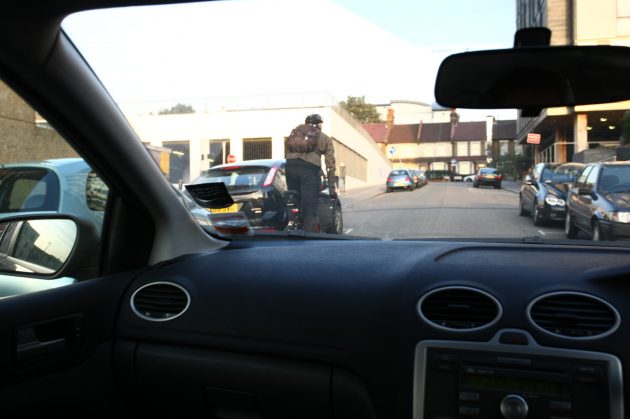Apple's driverless cars promise 'major breakthrough' in detecting cyclists
New system yet to be tested in the real world, but promises good results

While driverless cars are certainly coming to the streets at some point in the near future, many of the current systems have struggled to deal with cyclists.
A trial of Uber's self-driving cars in 2016 showed that they could not always detect cyclists and had issues navigating cycle lanes, while another study of a Tesla in 2017 found that shortcomings in the autopilot system could be "fatal" for cyclists.
>>> Driverless cars could change the way you cycle
However such problems will hopefully be a thing of the past thanks to a new system under development at Apple, which has been rumoured to be on its way to producing a driverless car for the last couple of years.
In a paper published online, two Apple employees, Yin Zhou and Oncel Tuzel, give details of the system which they describe as a "major breakthrough" when it comes to driverless cars successfully detecting small moving objects such as pedestrians and cyclists.
Watch: Unboxing the Garmin Edge 1030
Current systems use a combination of what is known as a LiDAR system - which shines pulses of light out then measures how long it takes to bounce back, working out how far away objects are and a basic idea of its shape - and cameras - which help to work out what those objects are.
The latest race content, interviews, features, reviews and expert buying guides, direct to your inbox!
However Apple's new system takes the cameras out of the equation, which the paper says are the weak points in current systems, relying on a more complex computer software called VoxelNet that is able to operate using computer modelling and visualisation alone.
>>> Toyota create 'crash test cyclist' to help develop driverless cars
The company says that it has yet to test the new system in the real world, only trying it out in computer simulations so far, but that the results of these experiments have shown that the VoxelNet system outperforms other systems by a "significant margin" and that there are "encouraging results" when it comes to detecting cyclists and pedestrians.
The new system may be far from finding its way onto the roads, but it's good to see progress in the right direction when it comes to ensuring cyclists' safety in the age of the driverless car.
Henry Robertshaw began his time at Cycling Weekly working with the tech team, writing reviews, buying guides and appearing in videos advising on how to dress for the seasons. He later moved over to the news team, where his work focused on the professional peloton as well as legislation and provision for cycling. He's since moved his career in a new direction, with a role at the Department for Environment, Food and Rural Affairs.